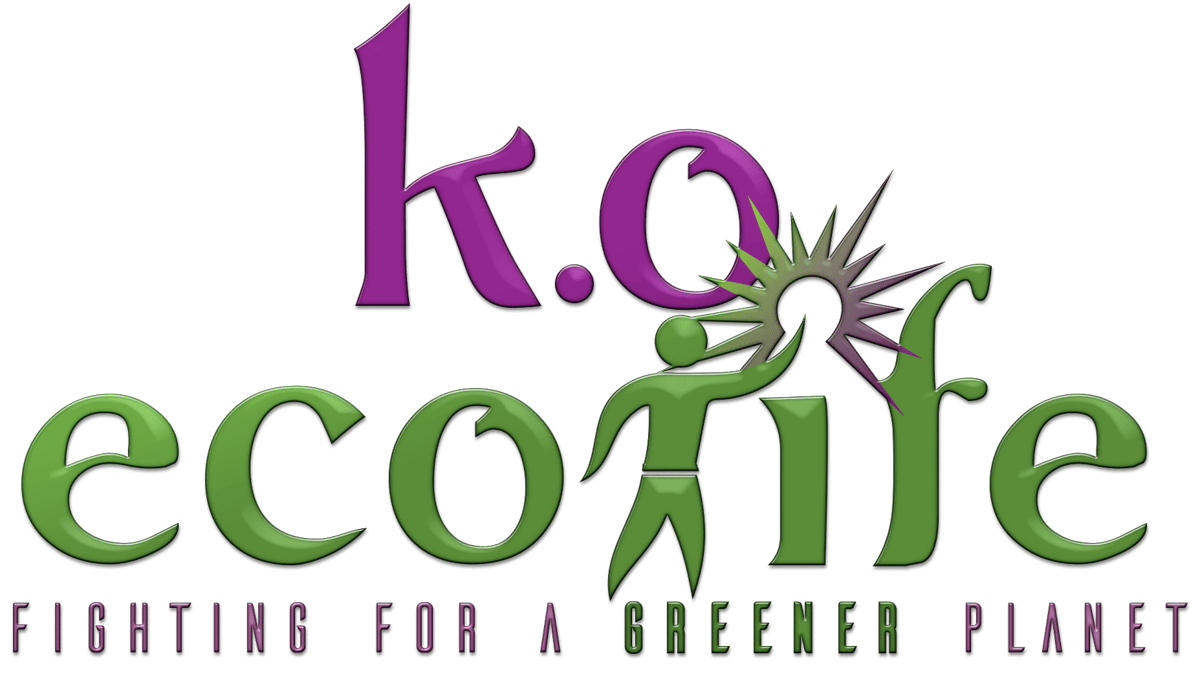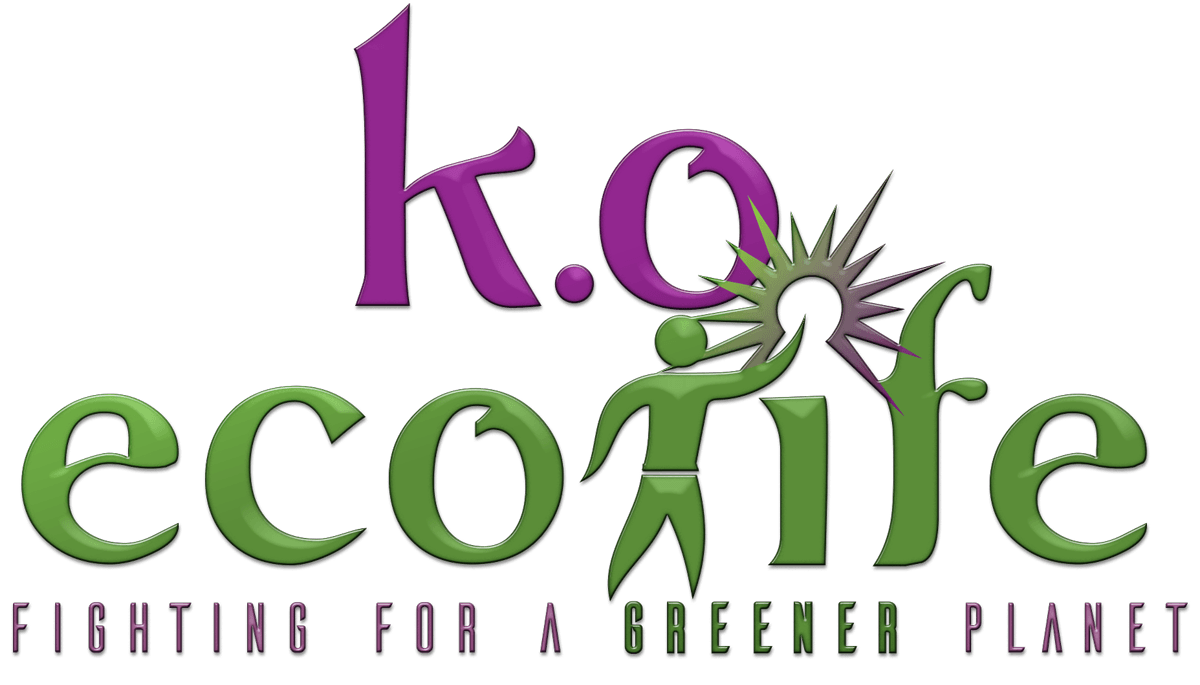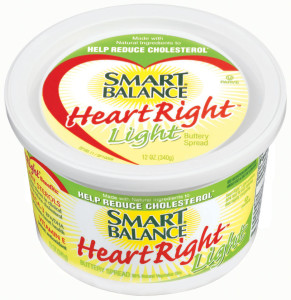TOP 10 WORST SEAFOOD TO EAT AND HEALTHY “SUSTAINABLE” ALTERNATIVES
Many people turn to fish as a “healthy” diet option or alternative to beef but did you know that many types of fish are contaminated with mercury, antibiotics, or harmful chemicals like PCBs? Certainly not what you had in mind as supplements to your diet!
To assist in making smarter and healthier decisions for yourself and your family, k.o. kidz has outlined 10 of the Worst Fish to Eat and Healthy “Sustainable” Alternatives:
1. Catfish (Imported)
Your overall best and worst choice! Nearly 90% of the catfish imported to the United States (US) originates from Vietnam and most likely contain antibiotics banned in food in the United States.
Best alternative: Stick with domestic, farm-raised catfish advises Marianne Cufone, Director of the Fish Program at Food & Water Watch. It’s responsibly farmed, plentiful, and heart-healthy omega-3s (however, contains unfavorable omega-6 fat according to The National Institutes of Health 2008 study, so eat in moderation). Another option, go fishin’ on the Great Lakes and catch yourself an Asian carp, an invasive species with a similar taste. It’s endangering the Great Lakes ecosystem so make yourself a heaping serving and Save Our Great Lakes at the same time!
2. Cod (Atlantic)
Bummer for those fish & chips fans out there! Atlantic cod stocks have been chronically mismanaged by the National Marine Fisheries Service to the point that it is now listed as one step above endangered species on the International Union for Conservation of Threatened Species.
However, Pacific Cod is still strong as well as Haddock and Pollock (wild-caught from Alaska) so always ask when dining out as restaurants will frequently not specify the fish type in the ‘fish & chips’ description.
3. Chilean Seabass/Toothfish
Surprisingly, most Chilean sea bass sold in the US have been captured illegally according to the US State Department. Illegal harvesting has declined in recent years but fish stocks remain drastically low and Greenpeace estimates that the species could become commercially extinct within five years if consumption continues. Multiple sources including Food and Water Watch and the Monterey Bay Aquarium Foundation Seafood Watch also note concerns about mercury and other contaminants.
Best option: US hook-and-line-caught haddock is much better managed for sustainability.
4. Halibut (Atlantic)
Another popular fish for its light flaky texture and mild flavor which has caused this variety to be severely overharvested. Rescue efforts are in place; however, the level of fishing still allowed is, on average, higher than the level recommended to rebuild stock.
Best choice: Pacific Halibut (sometimes also called California Flounder)! Just remember to ask your server when ordering (It’s o.k. to ask; after all, it’s for YOUR health!) or check the food labels.
5. King Crab (Imported)
Approximately 70% of King Crab is imported from Russia, where overharvesting guidelines are not enforced. Imported King Crab is often also mislabeled “imported” Alaskan King Crab which is misleading as domestic Alaskan King Crab is much more responsibly harvested. If it’s from Alaska, it will not be labeled “imported” in the US.
Best alternative: Check your labels and enjoy the all-American Alaskan King while watching an episode of Deadliest Catch.
6. Orange Roughy
High in mercury and overfished, Orange Roughy is now banned from some popular seafood restaurants including Red Lobster. However, some stores will still mislabel it as “sustainably harvested”. It’s important to note that no fisheries of Orange Roughy are certified by the Marine Stewardship Council (MSC) or considered well-managed.
Good alternative: Yellow Snapper or domestic catfish provide the same texture and similar taste.
7. Salmon (Atlantic, both wild-caught and farmed)
Tragic but true! Fish stocks are so low that it’s actually illegal to capture wild Atlantic salmon. They’re low in part due to farmed salmon which is very polluting. Overcrowded pens lead to disease and parasite growth which requires antibiotics and pesticides that can then pollute the wild fish stocks. And, that beautiful pink color of your farmed fillet is most likely dye added to make the less than desirable sickly fish look more appealing and ‘healthy’.
Sadly, the U.S. Food and Drug Administration is about to approve genetically engineered salmon to be sold, unlabeled, to unsuspecting consumers. Don’t be fooled—
Best option: Wild Alaskan Salmon is still plentiful and not yet showing contamination.
8. Shrimp (Imported)
A shocking truth– 90% of the shrimp in the U.S. is imported from countries that allow the use of antibiotics banned in the U.S. Additionally, chemical residue and various pollutants are often found in the digestive systems of these bottom feeders.
Imported shrimp earns the distinction of the dirtiest of the dirty. According to Cufone, “Imported farmed shrimp comes with a whole bevy of contaminants: antibiotics, residues from chemicals used to clean (the farming) pens, filth like mouse hair, rat hair, and pieces of insects. And I didn’t even mention things like E. coli that have been detected in imported shrimp.” Surprisingly, only 2% of imported seafood (shrimp, crab, catfish, and others) gets inspected before it’s sold so the labels should read, “BUYER BEWARE”.
Alternative choice: US trap caught shrimp, excluding Louisiana, (according to Seafood Watch) which are responsibly designed to protect other sea creatures, primarily sea turtles, from being needlessly captured and killed. Louisiana is the only state to ignore these regulations and recommendations.
*NOTE: It’s tough for us to recommend shrimp as a healthy dietary option. With a whopping 152 mg of cholesterol per 100-gram serving of shrimp (four or five shrimp), just two servings would put you over the daily recommended allowance!
9. Snapper (Red)
This is the most commonly caught snapper in the continental US (almost 50% of the total catch). Consequently, populations have been depleted to near extinction. However, management strategies are in place and 2013 saw an end to the decline in red snapper populations as fisheries were shut down.
Good alternatives include: Gray, Lane, Mutton, and Yellowtail Snapper. However, if you must have real red snapper, Hawaiian varieties are ok for now. Aloha!
10. Tuna [Bluefin, Albacore, Bigeye (Ahi), Yellowfin (longline-caught)]
The world-wide popularity of sushi have not benefited this slow-moving, gigantic fish. Bluefin is now the most threatened fish in the ocean and they are overfished everywhere. In addition to being overharvested and considered “critically endangered” by the International Union for Conservation of Nature, they are also very high in mercury. It is difficult to keep up with the various species counts, toxin levels and endangerment status so best to backstroke away from this one. However, if you absolutely refuse to live without your tuna fish sandwich, the current best alternatives are below.
Alternatives include: Albacore (US) and Skipjack tuna that are troll or pole-caught. This type of harvesting is the most ocean-friendly and allows for better population management. Some albacore tuna is also certified as sustainable to the standard of the MSC. Check your food labels as many list these specifics.
*Hey, let’s work together in fighting for a greener planet! Sign up at https://www.koecolife.com/ and receive valuable coupons, tips, & product updates. Be sure to follow us on Facebook @K.O.KIDZ for our latest news and events too.





